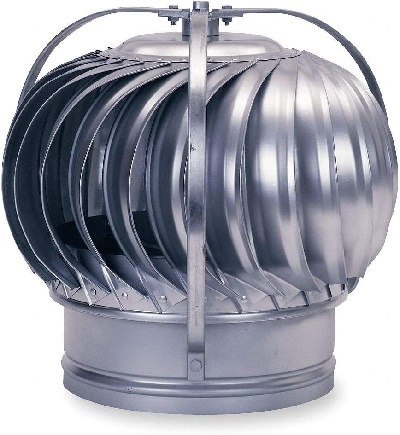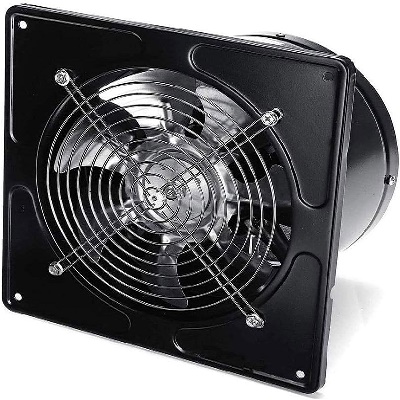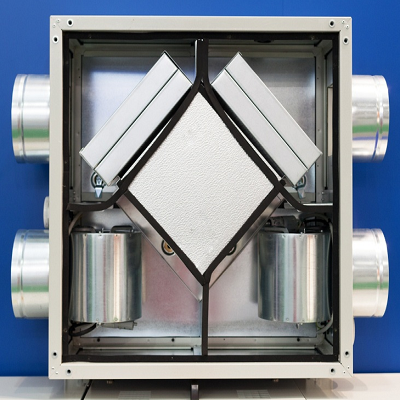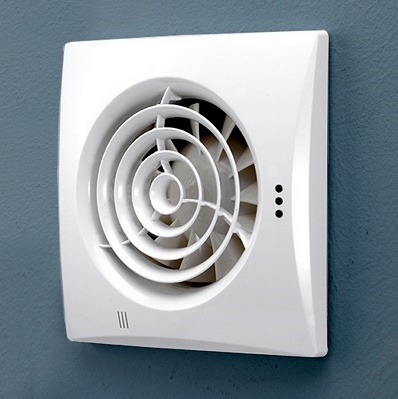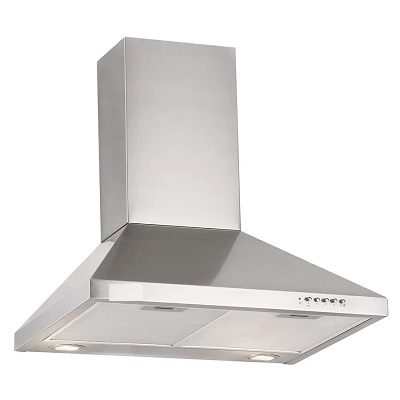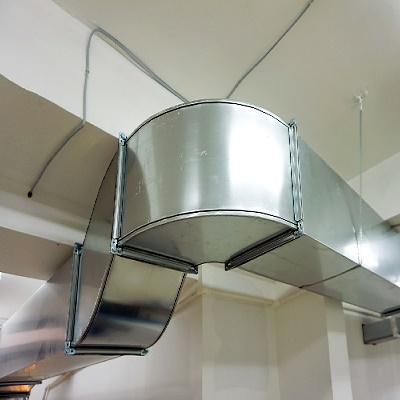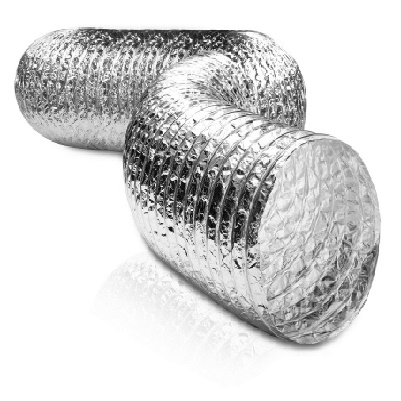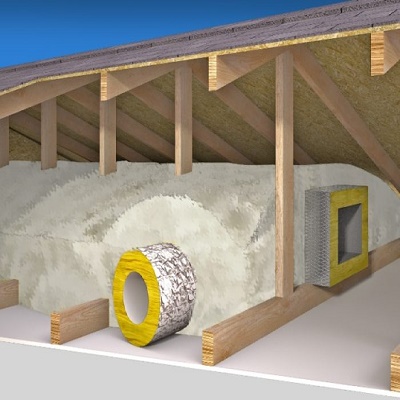Ventilating or ventilation (the "V" in HVAC) is the process of exchanging or replacing air in any space to provide high indoor air quality which involves temperature control, oxygen replenishment, and removal of moisture, odors, smoke, heat, dust, airborne bacteria, carbon dioxide, and other gases. Ventilation removes unpleasant smells and excessive moisture, introduces outside air, keeps interior building air circulating, and prevents stagnation of the interior air. Methods for ventilating a building are divided into
mechanical/forced and naural types.
Building ventilation has three basic elements:
-
ventilation rate — the amount of outdoor air that is provided into the space, and the quality of the outdoor air.
-
airflow direction — the overall airflow direction in a building, which should be from clean zones to dirty zones; and
-
air distribution or airflow pattern — the external air should be delivered to each part of the space in an efficient manner and the airborne pollutants generated in each part of the space should also be removed in an efficient manner.
